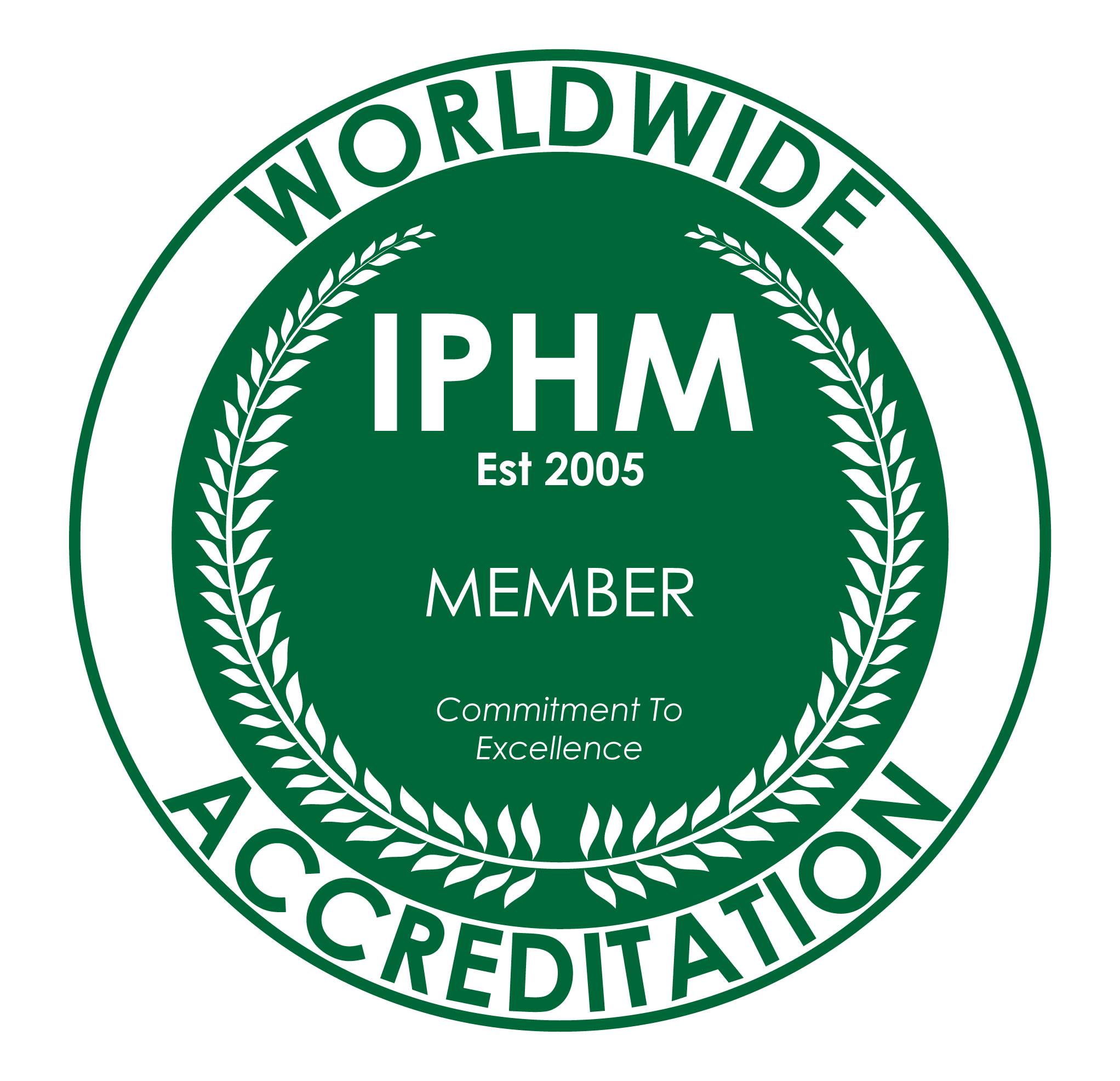When Your Shoulders Remember What Your Mind Tries to Forget
Do your shoulders feel like they’re carrying the weight of the world? Does your jaw clench unconsciously when someone asks you for help—even though you’ll inevitably say yes? Do you struggle to take a full, deep breath, as if your body won’t allow you to fully let go?
If you’ve always been “the responsible one”—the child who took care of everyone else, the emotional caretaker, the one who held the family together—your body is still holding that role. Even decades later.
As a somatic therapist in Ireland working with clients across Dublin, Naas, Newbridge, Kildare, and online internationally, I witness this pattern repeatedly: adults whose bodies never learned they could stop being responsible for everything and everyone.
This isn’t just a psychological issue. It’s a somatic reality—a nervous system pattern that lives in your tissues, your breath, your chronic tension. And understanding it through the body is often the key to finally putting down the weight you’ve carried since childhood.
What Is Parentification? When Children Become Parents
Parentification is what happens when a child takes on roles and responsibilities that should belong to a parent or adult. It’s when the natural parent-child dynamic reverses, and the child becomes the caretaker.
This manifests in two primary ways:
Emotional Parentification
You became your parent’s confidant, emotional support system, or mood manager. You learned to:
- Read their emotional states and adjust your behavior accordingly
- Comfort them when they were sad, angry, or overwhelmed
- Keep family secrets and manage information
- Mediate conflicts between family members
- Sacrifice your own emotional needs to stabilize theirs
Practical Parentification
You took on household responsibilities far beyond age-appropriate tasks:
- Caring for younger siblings (feeding, bathing, homework help)
- Managing household tasks (cooking, cleaning, bill-paying)
- Making adult decisions about family matters
- Being the “reliable one” when parents couldn’t function
- Becoming a mini-adult before you finished being a child
Often, it’s both. You were the child who held everything together—emotionally and practically—while your own developmental needs went unmet.
The Somatic Reality: Where Parentification Lives in Your Body
Through somatic therapy work in Ireland and internationally, I’ve observed consistent patterns in how parentification shows up physically:
Your Shoulders: The Literal Weight
The phrase “weight of the world on your shoulders” isn’t just metaphorical—it’s anatomical. Adults who were parentified as children typically carry:
- Chronic upper trapezius tension – shoulders raised toward ears, constantly braced
- Rounded forward posture – as if still carrying something heavy
- Shoulder blade tension – holding, gripping, unable to release
- Neck pain and headaches – from years of muscular bracing
Your shoulders learned to hold responsibility as a child, and they never learned to put it down. Even when you’re “relaxing,” your shoulders remain in a state of holding, preparing, ready to carry whatever needs carrying.
Your Jaw: The Words You Couldn’t Say
The jaw is where many parentified adults hold enormous tension:
- TMJ disorders and jaw clenching – especially when stressed or asked for help
- Teeth grinding (bruxism) – often during sleep when conscious control relaxes
- Difficulty speaking needs or saying “no” – the jaw literally tightens around boundaries
- Throat tension – swallowed words, unexpressed needs, the “no” you couldn’t speak
This connects to swallowing words—things you couldn’t say, needs you couldn’t express, the “no” you couldn’t speak when asked to take on more than you could hold.
Your Breath: The Inability to Let Go
Breathing patterns reveal nervous system states:
- Chronic shallow breathing – never taking a full breath
- Chest breathing vs. diaphragmatic breathing – breath stays high and restricted
- Inability to exhale fully – holding on, unable to release
- Breath-holding during stress – bracing pattern activated
This is a nervous system state: you can’t fully relax because relaxing means letting your guard down, and letting your guard down means something might fall apart.
Your Digestive System: Carrying Anxiety
The gut-brain connection shows up powerfully:
- Chronic stomach tension or digestive issues – IBS, constipation, stomach pain
- “Butterflies” or nausea when setting boundaries – somatic anxiety response
- Carrying weight in your belly – where exhaustion of constant vigilance accumulates
- Difficulty digesting emotionally – reflected physically
Your Nervous System: Stuck in Hypervigilance
The entire nervous system remains in a state of:
- Hyperarousal – always scanning, monitoring, ready to respond
- Difficulty entering rest states – parasympathetic nervous system rarely fully activates
- Sleep disruption – can’t turn off the “monitoring” even at night
- Startle response – easily activated, difficult to settle
Why Your Body Can’t Stop Being Responsible: The Nervous System Explanation
From a somatic therapy perspective, parentification isn’t just a role you played—it’s a nervous system adaptation that became your baseline.
The Child’s Survival Strategy
When you were a child in a family system that needed you to be responsible, your nervous system learned:
- Vigilance = Safety – Monitoring everyone’s emotional states kept you (and them) safe
- Responsibility = Love – Being needed meant being valued and connected
- Rest = Danger – Letting your guard down meant something might fall apart
- Your Needs = Burden – Taking care of yourself meant taking resources from the system
These weren’t conscious choices. They were adaptive responses your young nervous system developed to survive an impossible situation.
The Adult’s Persistent Pattern
Now, decades later, your nervous system still operates from these same assumptions:
- You can’t relax because your body still believes relaxing is dangerous
- You can’t say no because your nervous system interprets boundaries as abandonment
- You can’t ask for help because vulnerability still feels like burden
- You can’t stop monitoring because your body thinks someone will fall apart if you do
Your whole body might feel like it’s braced, ready, on alert. Even when you’re resting—even when you’re on vacation or lying in bed—there’s a part of your body that can’t fully let go.
This is what I see consistently in somatic therapy sessions: people carrying tension patterns that are decades old, body holding that started in childhood and never stopped.
The Eldest Daughter Syndrome: A Somatic Perspective
“Eldest daughter syndrome” has gained recognition recently, particularly through social media. While not a clinical diagnosis, it describes a specific manifestation of parentification that often affects eldest daughters (or eldest children in general) who became the family’s emotional caretaker.
Somatic Manifestations of Eldest Daughter Syndrome
Adults experiencing this pattern often present with:
- Chronic fatigue despite adequate rest – the body exhausted from constant responsibility
- Difficulty receiving care or support – nervous system struggles to move from giving to receiving
- Physical tension when others try to help – body braces against vulnerability
- Guilt responses that manifest physically – nausea, tension, pain when setting boundaries
- Inability to “turn off” even during leisure – sympathetic nervous system dominance
Somatic Therapy Approaches for Healing Parentification
Healing parentification requires addressing both the psychological pattern and the somatic holding. Here’s how somatic therapy in Ireland and internationally can help:
1. Body Awareness Without Judgment
The first step is simply noticing where and how your body holds the pattern of responsibility:
- Shoulder awareness – Where exactly do you hold tension? When does it increase?
- Breath tracking – When does your breathing become shallow? What triggers breath-holding?
- Jaw scanning – When does clenching intensify? What situations activate jaw tension?
- Belly sensing – Where do you hold anxiety? How does your gut respond to boundaries?
Take a moment to simply acknowledge what you notice. Not trying to release the tension. Not trying to fix it. Just recognizing: my body learned to hold this, and it’s still holding it.
2. Nervous System Re-Education
Your nervous system needs new information:
- Pendulation – Moving between activation (responsibility) and settling (rest)
- Titration – Small, manageable doses of boundary-setting to show the body it’s safe
- Resource building – Creating somatic anchors for safety and regulation
- Co-regulation – Learning that support from others can feel safe in your body
3. Releasing Chronic Holding Patterns
Somatic techniques for addressing physical manifestations:
- Somatic experiencing – Completing defensive responses that were interrupted in childhood
- Myofascial release – Addressing chronic tension in shoulders, jaw, chest
- Breath work – Re-training the diaphragm and nervous system for full breathing
- Movement therapy – Allowing the body to express and release what it’s been holding
4. Boundary Work at the Somatic Level
Learning to say “no” isn’t just cognitive—it requires nervous system support:
- Feeling boundaries in your body – What does a “yes” feel like vs. a “no”?
- Tolerating discomfort of boundary-setting – Your body will initially protest; this is normal
- Tracking somatic responses – Notice what happens physically when you set limits
- Building capacity gradually – Small boundaries first, allowing nervous system adaptation
5. Learning to Rest at the Cellular Level
Rest isn’t just absence of activity—it’s a nervous system state:
- Practicing non-doing – Activities without productivity or purpose
- Restorative yoga or body-based practices – Teaching the body it’s safe to let go
- Sleep hygiene from nervous system perspective – Creating conditions for deep rest
- Permission-based approaches – Your body needs explicit permission to stop being responsible
A Somatic Practice: Putting Down the Weight
Here’s a gentle body-based practice you can explore at home:
Step 1: Notice Your Shoulders
Place your awareness on your shoulders. Don’t try to change anything—just notice. Are they raised? Tight? Braced? Simply acknowledge: this is how my body learned to hold responsibility.
Step 2: Explore Gentle Movement
Very slowly, raise your shoulders up toward your ears (intensifying the holding pattern). Hold for 3 seconds. Then let them drop with an exhale.
Repeat 3 times, noticing what happens. Some tension may release. Some may stay. Both are okay.
Step 3: Hand on Heart
Place one hand on your heart, one on your belly. Feel the warmth. Notice your breathing. No need to change it—just be with it.
Step 4: Speak to Your Body
Silently or aloud, offer your body this acknowledgment:
“You’ve been holding this weight since I was a child. You learned to carry responsibility because you had to. I see you. I see how tired you are. You don’t have to hold all of this anymore.”
Step 5: Notice Response
What happens in your body when you offer this? Softening? Resistance? Grief? Anxiety? All responses are valid information about your nervous system’s current state.
Step 6: Respect Your Pace
Don’t force release. Your body will let go when it feels safe enough. For now, simply acknowledging the pattern is enough.
When Parentification Patterns Persist: Understanding the Resistance
Many adults who were parentified attend somatic therapy in Dublin, Kildare, or online and wonder: “Why can’t I change this pattern? I know intellectually I don’t need to be responsible for everyone, but my body won’t cooperate.”
Here’s what’s happening somatically:
The Nervous System Prioritizes Familiar Over Safe
Your nervous system learned that hypervigilance and responsibility kept you safe. Even though this is exhausting and no longer serves you, familiar feels safer than unknown.
Letting go of responsibility feels dangerous at the nervous system level because:
- You’ve never experienced being truly supported while also having your own needs met
- Your body has no somatic reference for “someone else handling things and everything being okay”
- The last time you weren’t responsible, things may have actually fallen apart (validating the pattern)
Your Body Is Protecting You
The resistance to change isn’t stubbornness or failure—it’s protection. Your body is saying: “Last time we weren’t vigilant, bad things happened. I’m not risking that again.”
This requires:
- Patience with your nervous system
- Gradual exposure to not being responsible (in small, safe doses)
- Building new somatic experiences of being supported
- Recognizing resistance as intelligent survival, not personal failure
A Free Guided Practice: The Child Who Became Responsible Too Soon
To support your healing journey, I’ve created a minute guided meditation/wisdom teaching specifically addressing parentification.
“The Child Who Became Responsible Too Soon” includes:
- Explanation of what parentification is and how it happens
- Somatic exploration of where this pattern lives in your body
- Understanding why YOU became the responsible child
- Guided inquiry into what it would feel like to put down the weight
- Permission-based integration without forcing change
This practice can be received sitting, walking, or moving—whatever allows you to be present to the exploration.
The Paradox of Healing: Acceptance Creates Change
Here’s the paradox: the moment you genuinely accept that you became responsible too soon, the moment you stop trying to force yourself to be different—that’s often when change actually becomes possible.
When you’re constantly telling yourself you shouldn’t be so responsible, you should have better boundaries, you should rest more—you’re still operating from self-criticism. You’re trying to fix the part of you that became responsible, which is just another way of being hard on yourself for a pattern that wasn’t your fault.
But when you acknowledge from a somatic place: “My body learned this. It made sense then. I’m exhausted now. And I don’t need to force myself to be different”—your nervous system can finally begin to settle.
And in that settling, organic change becomes possible. Not guaranteed. Not formulaic. But possible.
Permission to Still Be Where You Are
You might read this entire article and think: “I understand all of this, but I still can’t stop being responsible.”
That’s okay. That’s actually perfect.
Healing parentification isn’t about suddenly becoming someone who can rest easily, say no effortlessly, and stop caring about others. It’s about:
- Seeing the pattern clearly – Understanding how it developed and why it persists
- Being compassionate with your body – Recognizing its intelligence rather than fighting it
- Taking tiny steps – One small boundary. One moment of rest. One request for help.
- Trusting your pace – Your nervous system will let go when it feels safe enough
The child who became responsible too soon did what they had to do to survive and to keep their family safe. That child deserves acknowledgment, not criticism. That child was remarkable in their capacity, their strength, their love.
But that child doesn’t have to keep playing that role forever—at least not at the same cost to yourself.
Begin Your Somatic Healing Journey
Your body has been holding the role of “the responsible one” since childhood. It learned this pattern to keep you and your family safe. And it’s been loyal to that pattern for decades.
Now, through somatic therapy and body-based awareness, you can begin—slowly, gently, at your own nervous system’s pace—to teach your body something new:
You don’t have to hold everything together anymore. It’s safe to put some of this down. It’s safe to be supported. It’s safe to rest.
Your body might not believe this yet. That’s okay. Trust takes time, especially when the pattern runs this deep.
But the journey begins with acknowledgment: I became responsible too soon. My body is still holding that pattern. And I’m allowed to explore what it would feel like to put down the weight.
Resources for Healing Parentification
For more information about somatic therapy, body-based inner child work, and healing parentification patterns:
Somatic Therapy Ireland www.somatictherapyireland.com Body-based trauma healing in Dublin, Naas, Newbridge, Kildare & Online
Blissful Evolution www.blissfulevolution.com Holistic healing practices, guided meditations & workshops
Family Constellations Europe www.familyconstellationseurope.com Understanding systemic family patterns
Contact: Phone: +353 833569588 Email: info@somatictherapyireland.com
Abi Beri is an IPHM-accredited Integrative Holistic Therapist and Somatic Practitioner serving clients across Dublin, Naas, Newbridge, Kildare, and online throughout Ireland and internationally. With training in somatic therapy, nervous system regulation, and body-based trauma healing, Abi creates safe spaces for addressing parentification, childhood emotional neglect, and complex family patterns through the wisdom of the body. Book a somatic therapy session today.








